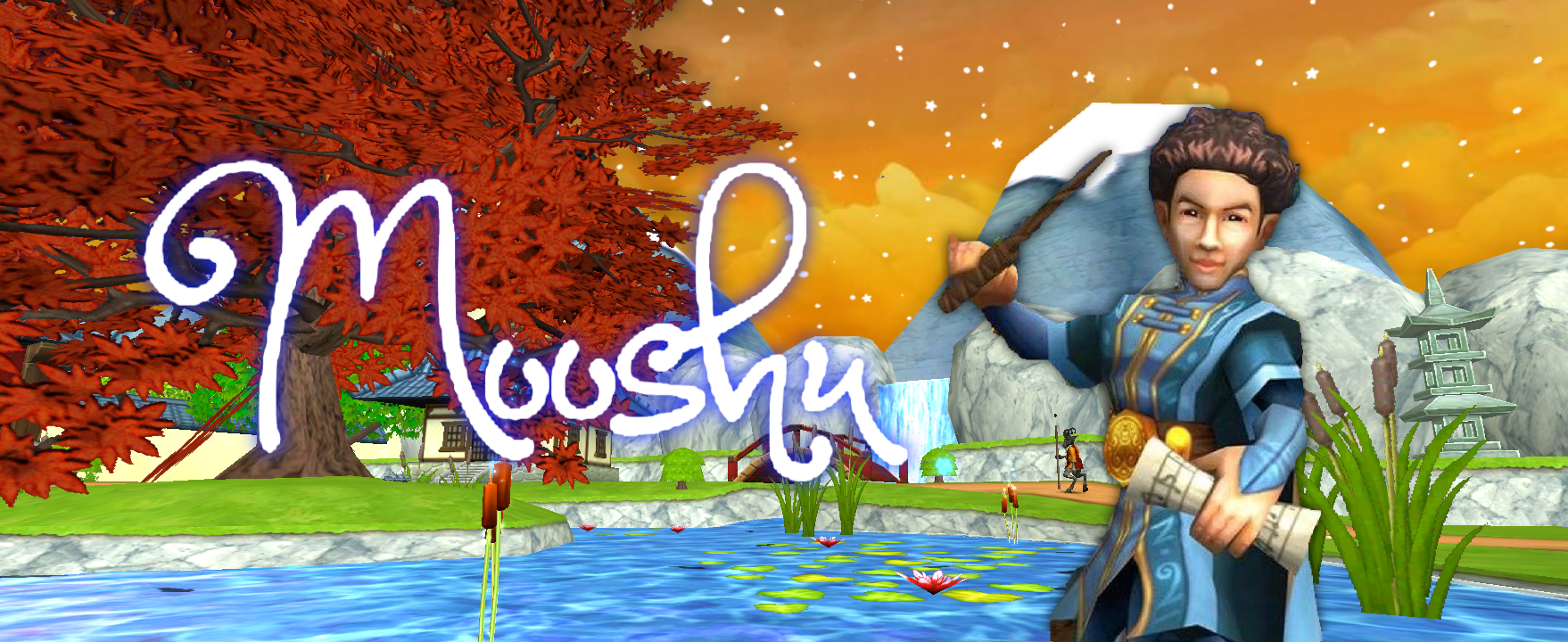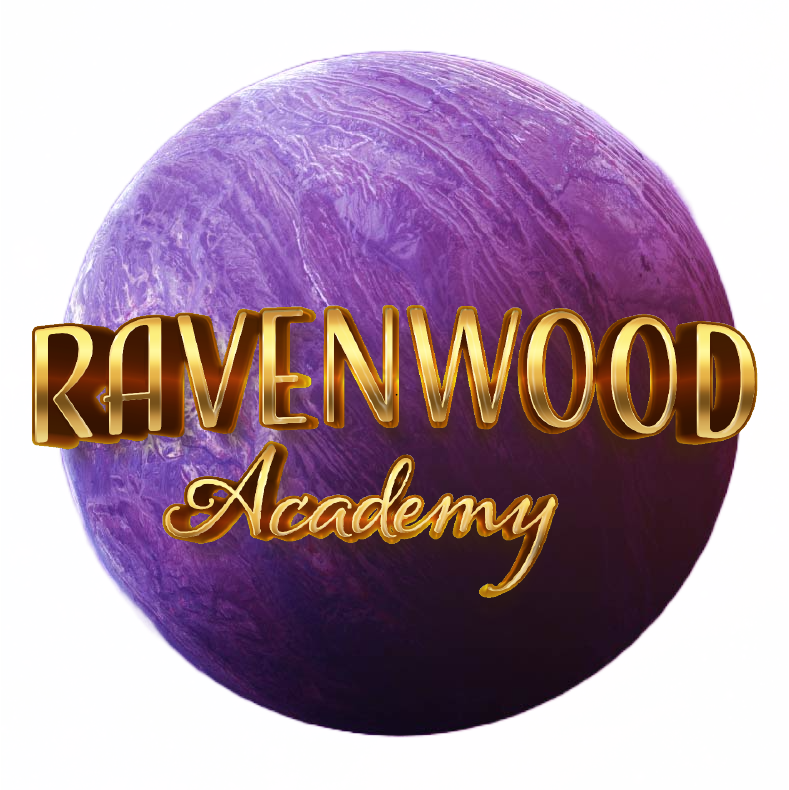
Intended for Musician and Non-Musician

As the emperor falls ill, the factions of Mooshu wage war against each other and there is no way of knowing how it will all play out. Mooshu’s people are hesitant to trust us wizards because of Malistaire who stole their spiral key in an attempt to resurrect his beloved Sylvia. Let us delve into the atmosphere and take a closer look at how the music of Mooshu is used to aid the story.
“Main”

From the first moment, the texture is established through a high-pitched gong. The plucked strings set the serene tone and give the land of Mooshu a musical identity. We feel the authenticity in relation to our own world. The flute comes in, sustaining a single tone with an embellishment, queuing the plucked strings to play a phrase in a soli. A soli is the musical action of having a single section play together, similar to a solo, but with more people playing the same phrase.
After that, we dive into the first melody. Syncopated and fluttering with notes, this is our driving theme of action. The finger cymbals add percussive texture. The flute plays it first, before the plucked strings, giving us continuity in the established musical texture, as well as creating a call-and-response pattern between these instruments.

By 00:32 seconds, we have our second melody. This melody contrasts with the first by being calmer, less syncopated, and having fewer notes. After the flute plays, the bowed strings make their first appearance, adding grandeur and excitement to the texture. The flute climaxes in a beautiful solo, with the same melody as before, except the notes are more sustained. This leads to the calming down.

Our call-and-response pattern continues as the plucked strings and percussion lead us back into the hardy bowed strings. The strings play an ostinato as the flute develops the melody sustaining notes whilst adding a flutter, combining the two melodies we have heard previously. The next section calms us down, phasing in and out the different instruments and bringing us back to the beginning.
“Plague”

The Shoshun village is one of the most memorable parts of Mooshu, acting as a major crossroads of four paths. Guarded and maintained by monks, here is where we find the healing waters that will save the plagued waters of Mooshu. The plucked strings take the majority of the piece with a motif before the erhu plays the melody at 00:49 seconds. This is the same melody as the second theme in the piece before, but the piece recontextualizes this theme to the current events of the story. This theme represents Mooshu’s ongoing troubles.
Next, at timestamp 1:25, the brass plays. This is a new instrument that hasn’t been in the first theme, and the majority of this piece is over when the brass comes in. The entry of the brass, ascending in pitch, represents the wizard uplifting Mooshu from its troubles. The high strings come in as the harp plays descending lines. This minor tonality represents the struggle of saving Mooshu from the plague.
“War”

Starting with the dark brass, there is new context to this timbre. The factions of Mooshu are waging war against each other and our wizard is the one who must be swift as the coursing river, with all the force of a great typhoon, with all the strength of a raging fire, and mysterious as the dark side of the moon.
Spontaneous and erratic, the deep drums signal the driving emotion of the high stakes in this section. The bowed strings and flute play, queuing in the hardy, pulsing plucked strings and percussion. This music represents how the attack occurred at Hametsu village, pillaging it to ruin.
The war theme contrasts with the plague theme in style and orchestration, but the pulsing melodic ostinato emphasizes the first three out of three-and-a-half pulses in each measure, similar to the melody heard in the plague theme. I say “three-and-a-half pulses” because the entire piece is in an “unusual” time signature to our western ears. The piece is in 7/8, meaning we must divide the number seven into three pulses, making one of them unequal to the others.
The brass enters again, signaling the devastation to the village with their minor tonality and descending tones. Afterward, the pulsing ostinato in the plucked strings continues as new elements are added to the texture. The plucked strings mimic and develop the brass’ line as a motif to tie the end together.
“Haunted”

The Haunted Theme plays in the Yoshihito temple that serves as a crossroads to the final areas of Mooshu. Serving as the grey area between life and death, the tone is melancholy and almost sorrowful.
We begin with the high strings harmonizing in a minor tonality, with the plucked strings and percussion responding to the high string’s cry. The erhu plays the melody, heard from the Plague and Main themes. The major harmonies and wind chimes give the theme new light. This thematically represents peace and the finality of death.
We glissando into the climax at 00:39 seconds. This glissando places the strings to play the highest notes an octave above the erhu. The erhu then walks down the scale in eighth notes, giving us resolution into the next phrase.
The ostinato heard in the Main Theme comes back, then, we jump around notable themes from the other three pieces. This alludes to the haunted theme acting as a recapitulation of the theme we heard before which brings resolution to this chapter of the story.
“Mystical”

This selection from Pirate101 is heard in the Skyways and is one of the most simple in orchestration. We begin with the koto playing a simple line. From the placement of the pitches, it feels syncopated, despite it being completely even eighth notes. This is accompanied by finger cymbals, blocks, and unique drums, fitting into the timbre of the previous pieces.
The erhu comes in, slightly thickening the light texture, adding sustained notes that stabilize the orchestration before the flute comes in. At 00:42 seconds in, we are greeted with a familiar element heard in the previous pieces of descending arpeggios. The flute seems to dim away as the tam-tam crashes, giving drama to the texture.
The plucked strings and flute play the melody in unison, emphasizing its importance. The brass come in, adding counterpoint in the pause of the melody. This calms down into a flute solo with the plucked strings having a wonderful glissando, giving a magical effect. The plucked strings come back in as the flute plays the main melody of the piece before the percussion, strings, and flute changes the texture into a climactic tutti, or the entire orchestra, before we calm down to start again.

Thank you, Starlights, for venturing through the music of Mooshu with me. Have a wonderful night.
Disclaimer

Please note: I transcribed the music from the original/classic mode music scrolls. Not all of my transcriptions are 100% accurate, but they are close and the rhythm is properly notated.


